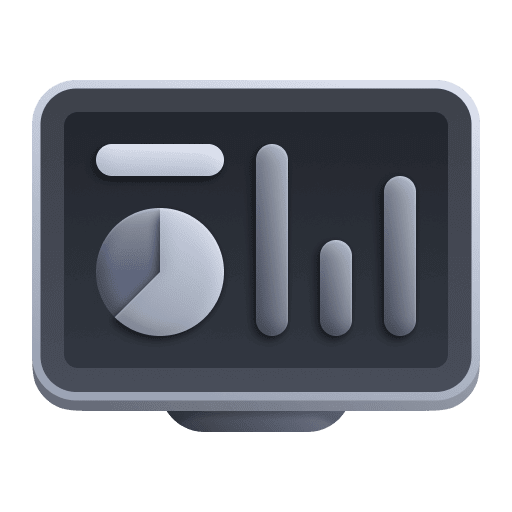Global Dynatrace dashboard settings
- How-to guide
- 2-min read
- Published Mar 05, 2021
The dashboards discussed here are classic dashboards created using the dashboarding functionality integrated with previous Dynatrace.
- For more about classic dashboards, see Dashboards Classic.
- For more about dashboards created with the Dashboards app in the latest Dynatrace, see Dashboards.
- To improve your dashboard experience, you can upgrade existing dashboards from Dashboards Classic to the Dashboards app in the latest Dynatrace.
Use the Global dashboard settings page to configure dashboard global settings and global settings for dashboard sharing and preset dashboards.
General settings
Allow anonymous access
With public sharing, even users who don't have access to the related Dynatrace environment or any Dynatrace access at all can view (but not change) your dashboard.
- Go to Settings and select Dashboards > General settings.
- Turn Allow anonymous access on or off to determine at the global (account) level whether dashboards can be shared publicly.
- Select Save changes.
Home dashboards
You can assign a preset dashboard as the home dashboard for any user group. The selected dashboard will become that group's default landing page.
- Go to Settings and select Dashboards > General settings.
- Select Configure home dashboard.
- Select User group.
- Select a preset dashboard from the Home dashboard list.
If your dashboard isn't listed, make sure it's a preset dashboard. - Select Save changes.
Preset settings
Use this page to configure preset dashboard settings at the global level.
Preset dashboards are visible to all users by default. You can use the global settings to turn them off entirely or to limit visibility to certain user groups.
Enable presets
Use Enable preset to turn preset dashboards on or off globally. If you turn it off, any dashboard marked as a preset will no longer be displayed on other users' Dashboard tables.
Limit preset visibility
Use preset rules to ensure that specific preset dashboards are visible only to specific user groups and not to all users in the environment.
- Go to Settings and select Dashboards > Preset settings.
- In the Limit preset visibility section, Add item.
- Set Preset dashboard to the preset dashboard for which you want to manage group access.
- Set User group to the user group that should have access to the selected preset dashboard.
- Select Save changes.
For more on preset dashboards, see Preset dashboards.
Allowed URL pattern rules
To add an image to your dashboard via URL, you first need to add a URL rule to the allowlist.
- Go to Settings and select Dashboards > Allowed URL pattern rules.
- Select Add item.
- Set Rule, which specifies how to process this allowlist entry.
- Starts with—allow any image whose URL starts with the contents of Pattern.
- Exact—allow the specific image whose URL matches the contents of Pattern exactly.
- Set Pattern:
- To specify a URL start, enter enough of the URL to make sure any matching image URLs will be suitable for your dashboards.
Example: enterhttps://example.com/images/to allow any image whose URL starts withhttps://example.com/images/, such as
https://example.com/images/image-x.jpgandhttps://example.com/images/my-picture.svg - To specify an exact URL, enter the entire URL of the image you want to allow.
Example: enterhttps://example.com/images/my-image-file-name.jpgto allow only that image
- To specify a URL start, enter enough of the URL to make sure any matching image URLs will be suitable for your dashboards.
- Select Save changes to add the specified rule to the allowlist.
Then you can add a dashboard image via URL.
- Go to Dashboards (previous Dynatrace) or
 Dashboards Classic.
Dashboards Classic. - Select the name of a dashboard to display that dashboard.
- Select Edit in the upper-right corner of the dashboard. The dashboard opens in edit mode.
- If you don't see an Edit option, you don't have permission to edit that dashboard.
- Drag an Image tile into position.
- On the Image panel, select the Add image URL tab.
- Enter the URL of the image file you want to display in the tile. It needs to match one of the rules on the allowlist.
- Size and position the tile as needed.